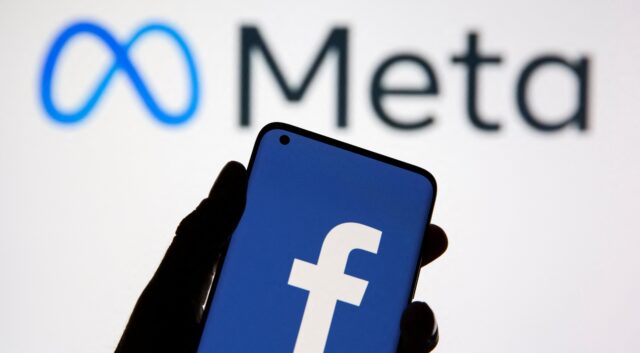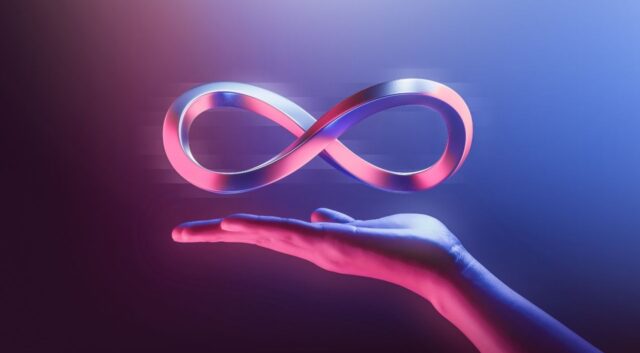With faux OOH campaigns taking over last year, we speak to video artist Ian Padgham (aka Origiful) and TBWA\Belgium’s Henri Wuyts to understand why we’re happy to be duped and what the future of faux ads looks like.
In 2023, an abundance of CGI OOH ads, dubbed ‘faux OOH’ or ‘FOOH’, popped up across social media. The forerunners in this style of campaign were mostly high fashion brands such as Jacquemus, Isabel Marant, and Alexander Wang. But the pioneer is video artist Ian Padgham, aka Origiful, who has found a niche creating larger than large CGI videos which mix surreal happenings in everyday settings. “Fashion and luxury are always on the cutting edge of working with artists on innovative things. They’re usually a good indicator of what’s up and coming,” Padgham tells CR.
Padgham has been making these types of videos for a few years now, with his wine bottle tram in Bordeaux (where he’s based) being one of the first to gain traction. But in the last year Padgham has also applied the FOOH treatment to more mainstream brands such as Bershka, Apple, and most prominently Maybelline, the campaign for which grabbed global attention and saw the brand’s Sky High Mascara seemingly coat giant lashes stuck on London’s tube trains and buses. “For me it’s surrealism, I’m thinking about what would look really cool in an alternate universe,” he says.
Part of why these campaigns have proved so popular with brands is because the majority of them have gone viral. “There’s a huge fascination with what is true and what’s not,” notes Padgham. “We’re right on the cusp of really going into a full-blown AI world where we’re not going to know anymore if what we see is real or not.”





